Pudu Prison Gate
The last remnant of Kuala Lumpur’s old prison complex now stands on the edge of a Japanese shopping mall.
For over 100 years from 1895 to 1996, the Pudu Prison complex served as one of Kuala Lumpur’s main prisons. Originally built by the British colonial government, the prison was notorious for its harsh environment, only equipped with small cells and a contaminated water supply system drawn from an old well in a cemetery, which caused a cholera outbreak in 1895.
During the Japanese occupation from 1941 to 1945, the prison was used to incarcerate Allied POWs. After the war, it housed many death-row prisoners and drug offenders, who were often caned and executed. In 1984, an inmate created what would be recognized by the Guinness World Records as the world’s longest mural at the time, depicting a rainforest scene.
Eventually, the prison’s facilities became outdated and plans were made to demolish it in phases to make space for redevelopment. The project was finally initiated in 2009, demolishing all of the prison complexes by 2012. Almost all of it, that is.
For a long time, there was a debate about whether the prison should be preserved as a heritage site or not, considering its nature. In the end, it was settled that only its gate should remain, and it continues to stand there, even after everything else has changed. Today, the prison gate stands on the edge of a fountain park, part of a Japanese shopping mall called LaLaport. On the site of the prison now stands the Bukit Bintang City Centre complex.

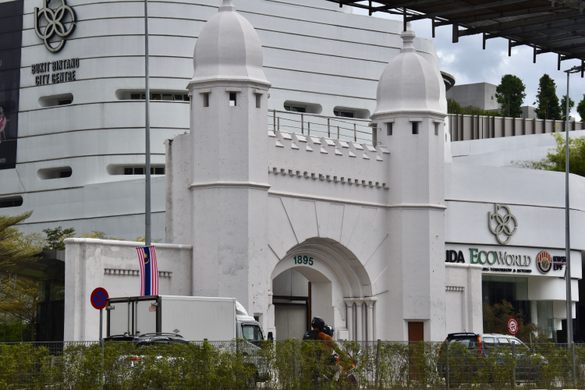

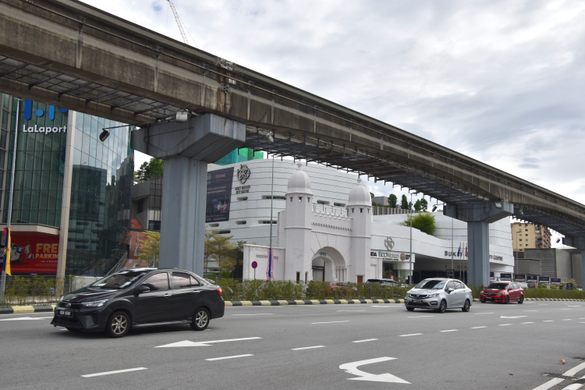
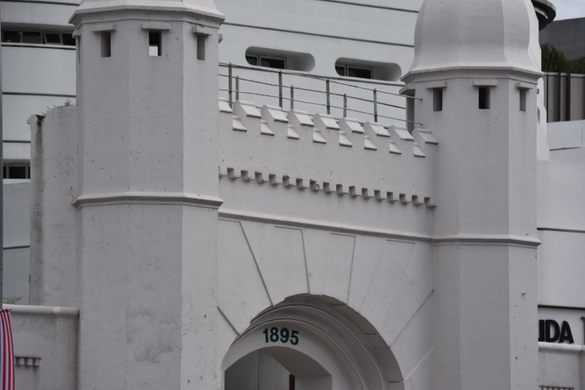



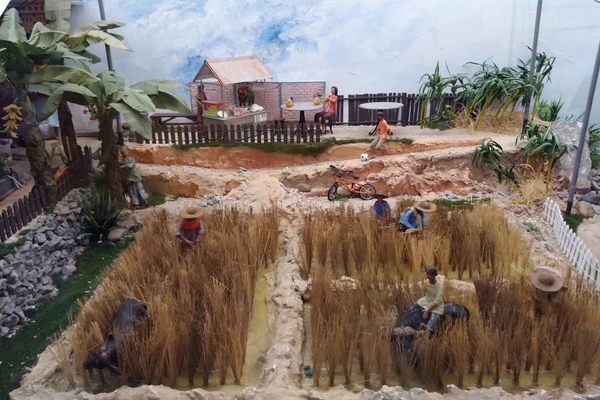
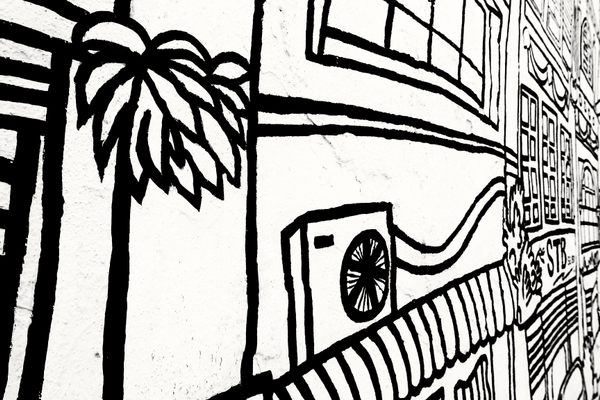
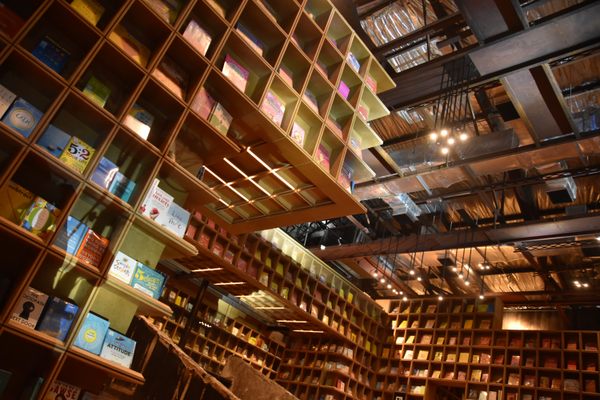
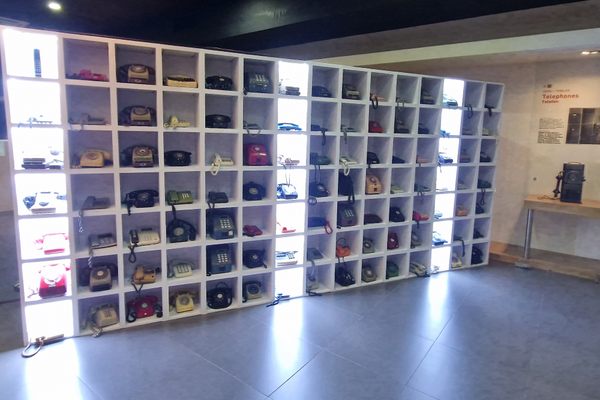
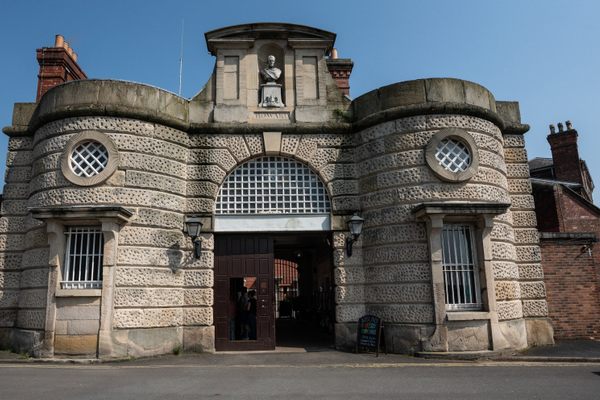

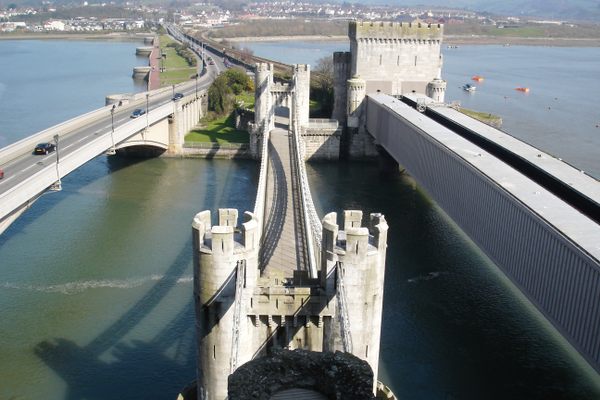


Follow us on Twitter to get the latest on the world's hidden wonders.
Like us on Facebook to get the latest on the world's hidden wonders.
Follow us on Twitter Like us on Facebook